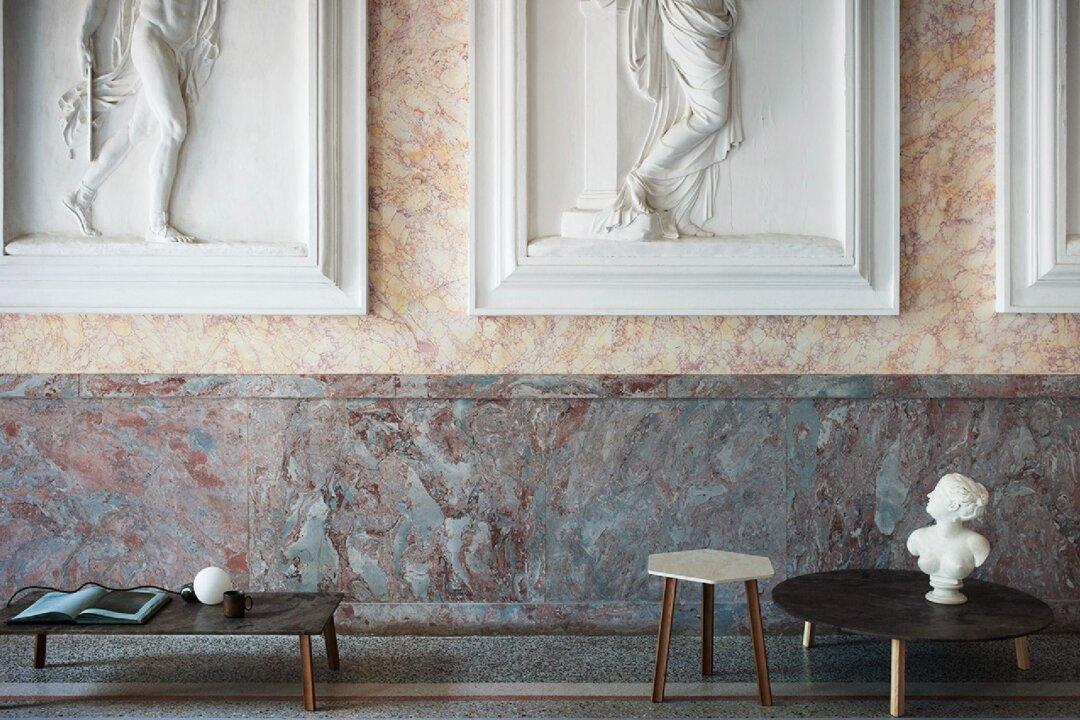Thirty years ago, Italians began discouraging their children from entering the design and craft industry. Ippolita Rostagno, whose dual citizenship offered her the good fortune of growing up in Florence and later studying in the United States, has been traveling back and forth between the two countries for many years. As time advanced, she noticed more and more empty design shops in Florence. As a jeweler and founder of the jewelry brand Ippolita, she was concerned.

Courtesy of Artemest
|Updated:




